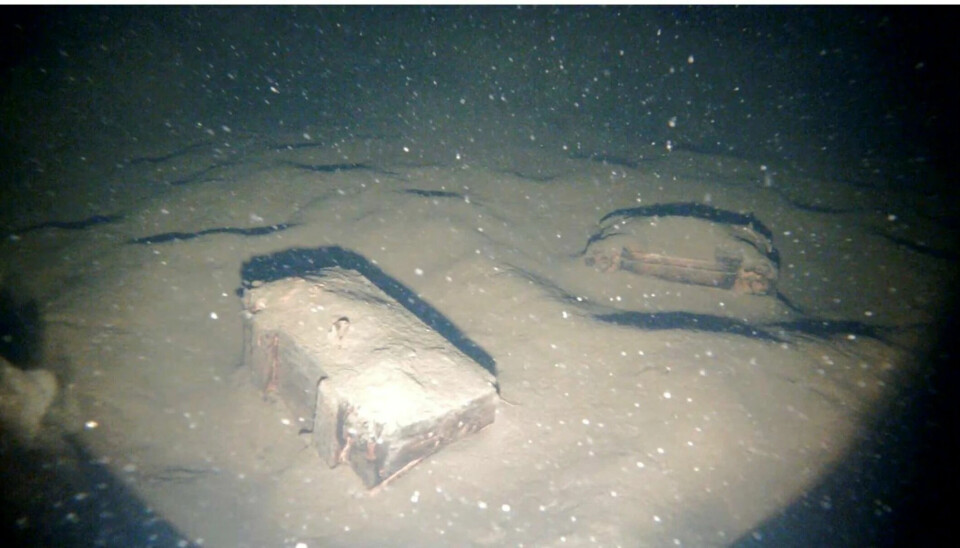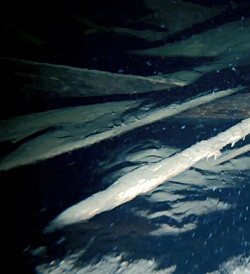
Norwegian Armed Forces: A lot more ammunition than previously thought has been dumped in Norway's largest lake – missiles are tightly packed
The Norwegian Defense Research Institute has discovered significantly larger amounts of dumped ammunition in lake Mjøsa than previously thought. An area at the bottom of the lake is covered with around a thousand missiles.
The Norwegian Defence Research Establishment (FFI) has investigated four dumping areas in lake Mjøsa, from Gjøvik down to Totenvika.
Ammunition has been dumped from Raufoss and the Norwegian Armed Forces in Mjøsa from 1940 until 1970.
Earlier it was said that between 100 and 200 tonnes had been dumped in total, mainly ammunition for handguns.
“At the same time, we have information that suggests that it could be 10 to 20 times as much. We have sources that tell us that 30 tonnes could be dumped in one day. This traffic took place over many years. Our findings support the impression that the amount is far greater than what has been said,” chief researcher Arnt Johnsen at FFI says.
Missiles are tightly packed
Additionally, an area of the bottom of the lake is covered by around a thousand Sidewinder missiles, FFI stated in a press release.
The Raufoss Ammunition Factory test-fired the air-to-air missile Sidewinder for years from Fjellhaug, in Eastern Norway.
The three-metre-long rockets landed in the water four to six kilometres from the launch pad. Around a thousand of them sank to a depth of 3-400 metres in a concentrated area.
According to FFI, they are still tightly packed and are clearly visible in the images captured by the institute's underwater vehicle during its expedition last autumn.
“We are reasonably confident that these missiles pose little environmental risk. There are probably no explosives in them. In practice, this is a large collection of empty aluminium tubes,” the researchers say, who presented their preliminary findings during the Ocean Week event in Gjøvik last week.

Drinking water for five municipalities
In Totenvika, the ammunition factory had its own boats for dumping. FFI writes that the ammunition may contain mercury, lead, and copper. These are considered harmful for the environment. The researchers nevertheless emphasise that these substances will leak slowly into freshwater due to low corrosion.
“The most important thing is probably not to retrieve them, but to monitor the situation,” Johnsen says.
FFI states that they have not yet found concrete documentation on types of ammunition, quantities, and dumping sites.
The Norwegian Environment Agency has instructed the defense sector to map the extent of dumped ammunition in lake Mjøsa. The large lake is a source of drinking water for five municipalities and has 11 drinking water outlets.
FFI will present a full report of their investigations in the autumn.
———
Translated by Alette Bjordal Gjellesvik.
Read the Norwegian version of this article on forskning.no



































